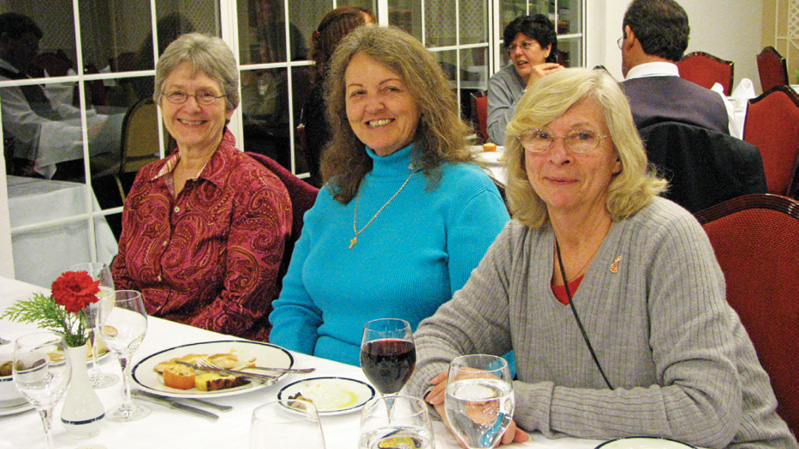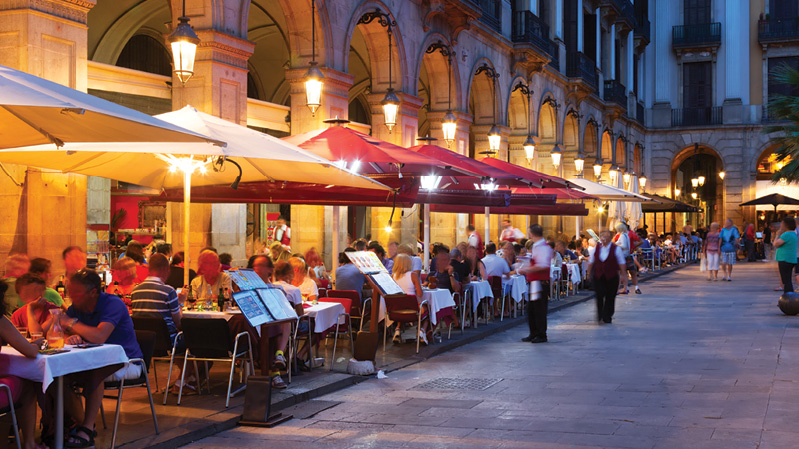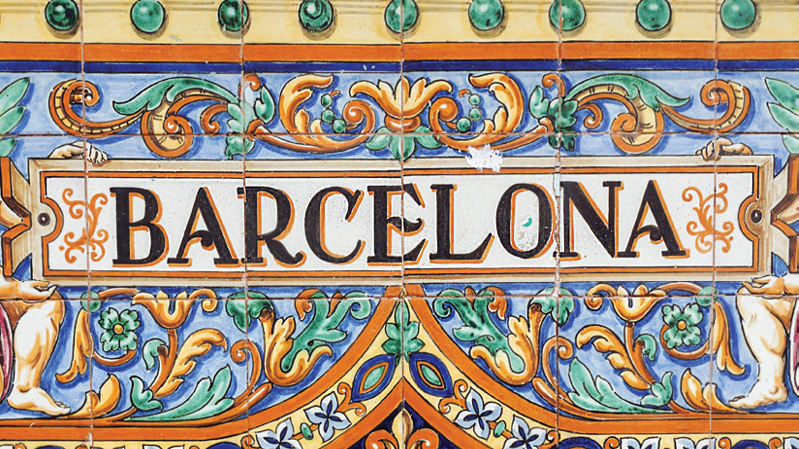Tours
Magnificent landscapes combined with the country’s charming traditions and customs offer new experiences unlike anywhere else in the world. Famous for bullfighting, Spain allows you to grab life by the horns and dive into adventure. Whether it’s the eye-catching architecture of Madrid, the bold Spanish wines, or the shimmering Costa del Sol, this country remains a delight to the senses. Once you experience Spain, you’ll never want to leave and when you do, you’ll always be craving more.
Explore More
Tour Manager Angela’s heart is in Spain and Portugal
What makes Tour Manager Angela so proud to be from the Iberian Peninsula? She has a deep love for the landscapes, the cuisine, the people, and the culture. Hear how Angela gets to show travellers the cultural roots of her home, and how that makes her life as a Tour Manager special.
Destination Must-See's

Barcelona:
This enchanting seaside city with boundless culture is home to fabled architecture and a world-class drinking and dining scene. Barcelona's architectural treasures span 2,000-plus years. Towering temple columns, ancient city walls and subterranean stone corridors provide a window into Roman-era Barcino. Fast forward a thousand years to the Middle Ages by taking a stroll through the shadowy lanes of the Gothic quarter, past tranquil plazas and soaring 14th-century cathedrals. In other parts of town bloom the sculptural masterpieces of Modernism, a mix of ingenious and whimsical creations by Gaudí and his Catalan architectural contemporaries for which this city is so well known. Barcelona has also long-inspired artists, including the likes of Salvador Dalí, Pablo Picasso and Joan Miró, whose works are in bold display in the city's myriad museums.
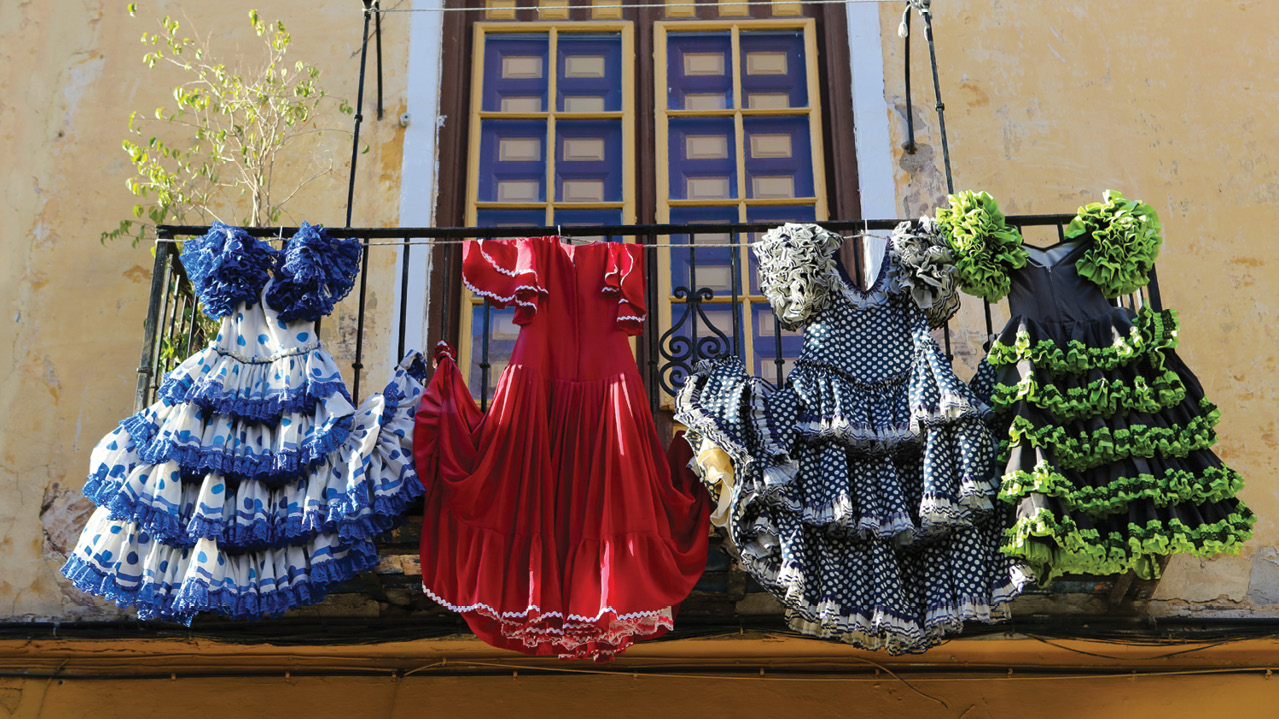
Seville:
The capital and largest city of the autonomous community of Andalusia, Spain is Seville. Approximately 2,200 years old, the early origins of the city date back to the year 712. It is situated along the Guadalquivir River, which splits the city into two halves. Seville is famous for being the birthplace of the Flamenco dance. It is also known for its culture, monuments, traditions and artistic heritage.
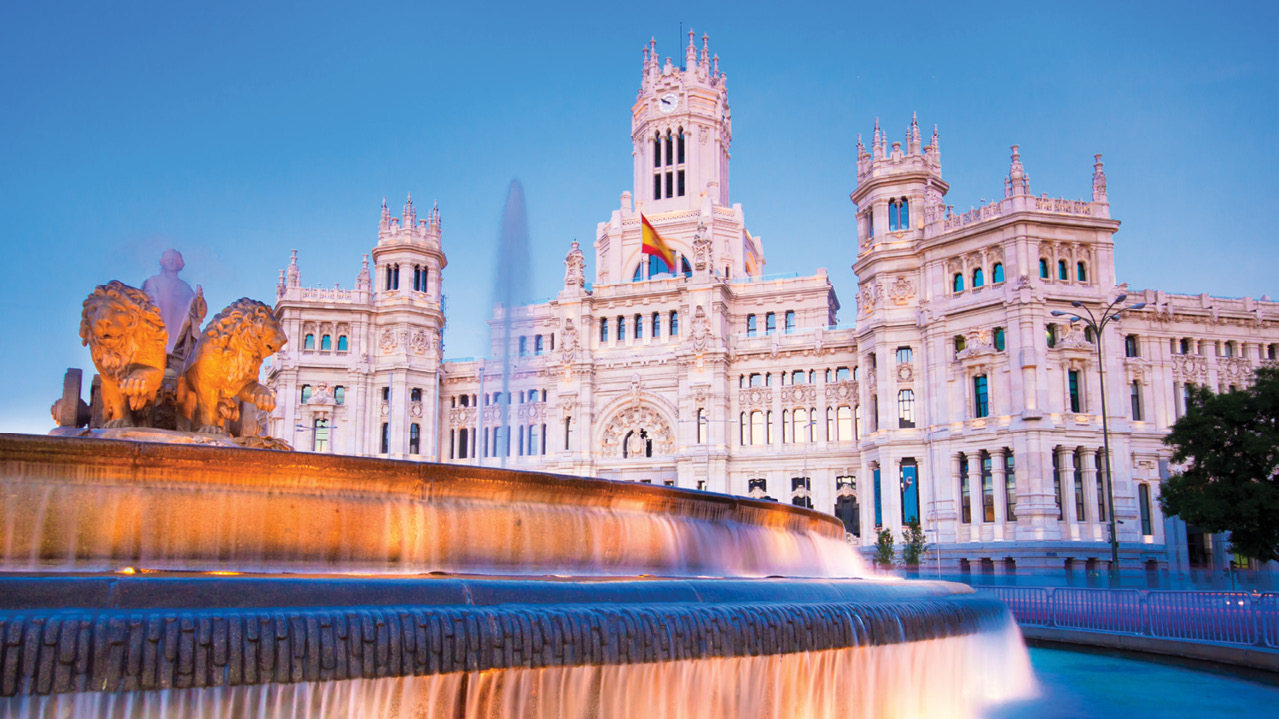
Madrid:
Spain’s capital city sits on the Manzanares River, just northeast of the center of the Iberian Peninsula. It is estimated that the origins of Madrid can be traced back to the 2nd century B.C. Madrid is home to the head of the Spanish government, the Spanish royal family and the headquarters of the World Tourism Organization. Madrid’s influence on politics, education, entertainment, fashion and culture make it one of the world’s major global cities.
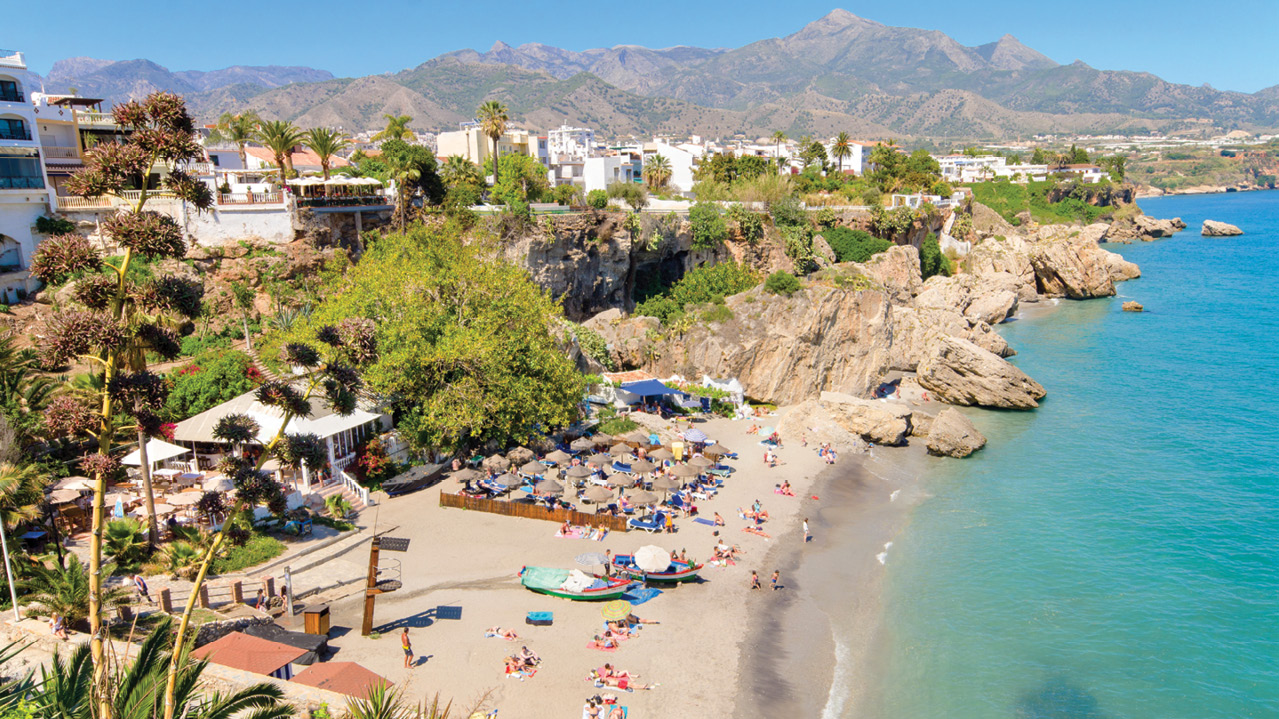
The Costa del Sol:
This “Sunny Coast” is the southernmost part of Spain stretching primarily along the calm and warm Mediterranean Sea. Its major province is Málaga, the home of Picasso. To the far west part of the Costa del Sol comes another body of water, the Strait of Gibraltar, which separates the Mediterranean from the Atlantic. In the last province of the Costa del Sol lies the province of Cadiz. These provinces are most known for their golden sandy beaches, fresh Mediterranean seafood and relaxing environments and are especially home to vacationers during the warmer months.
Destination Must-Do's
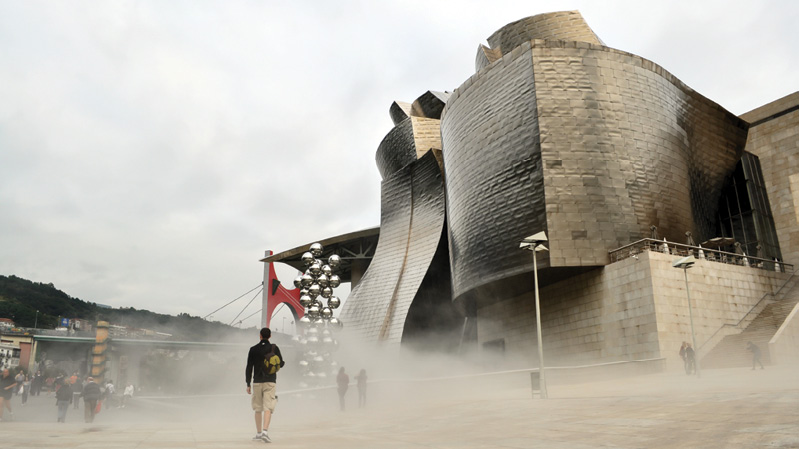
Guggenheim Museum:
This museum of modern and contemporary art is located in northern Spain. The museum is built alongside the Nervion River, which runs through the city of Bilbao. The museum is one of several belonging to the Solomon R. Guggenheim Foundation and features permanent and visiting exhibitions of works by Spanish and international artists. The museum was designed by Canadian-American architect Frank Gehry. The museum was inaugurated on October 18, 1997 by King Juan Carlos I of Spain.
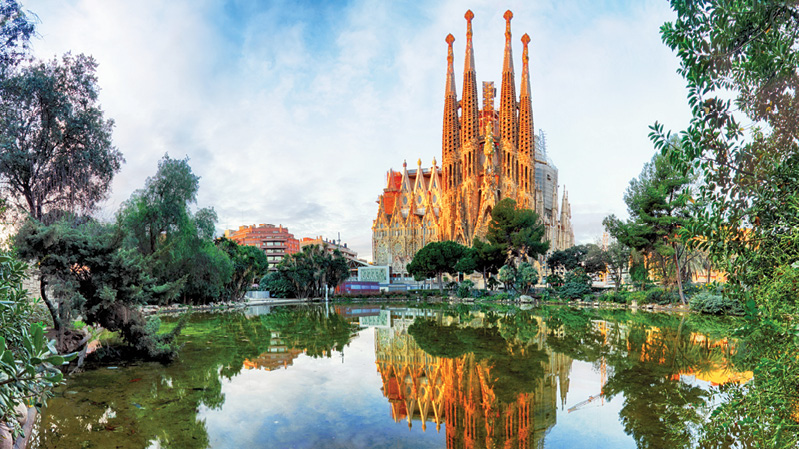
La Sagrada Familia:
Meaning the Holy Family, this modern structure is known as the church of the people, built by the people, with the money of the people. While it is not the cathedral of Barcelona, it is widely known due to its unique architecture and phenomenal design initiated by architect Antoni Gaudí. Work on the exploratory church began in 1882 and continue to this day, but with modern technology and the rising number of visitors and donations, the church’s completion date has rapidly become closer. The facades of the church are breathtaking in their intricate and artistic details, all of which were inspired by Gaudí.
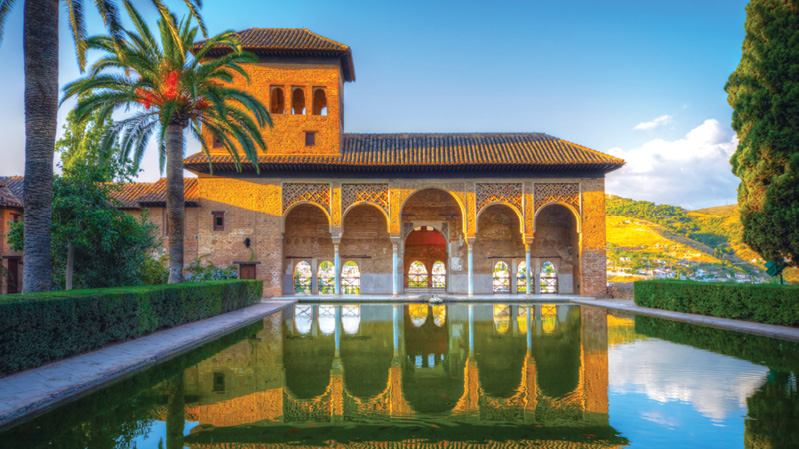
The Alhambra:
This stunning palace and fortress complex is located in Granada, Andalusia, Spain. The first palace on the site was built in the 11th century. Over the years it developed into a sprawling complex comprised of many structures. It is very well preserved and gives visitors a peek into Moorish culture. The Alhambra is part fortress, part palace, part garden and part government city. Many visitors come to Granada specifically to visit and see the Alhambra.
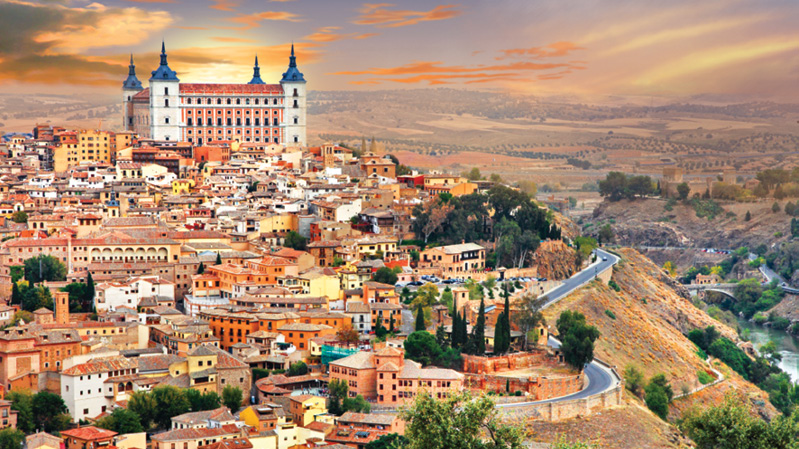
Toledo"
This was the first capital of Spain located about 43 miles south of Madrid. The history of Toledo dates back to the Roman occupation circa 192 B.C. The old city of Toledo sits atop of a small mountain surrounded on three sides by the Tagus River, and medieval walls on the fourth. From the top of the mountain you can get a 180 degree view of the surrounding landscape.
